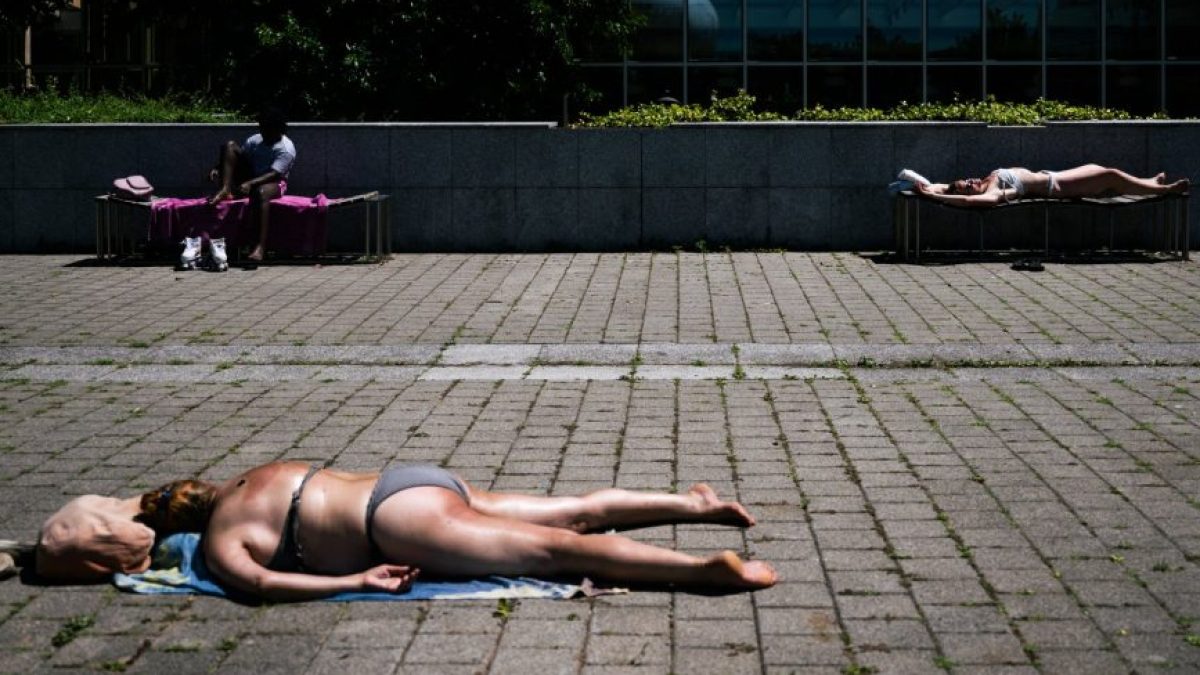It’s not only uncomfortable to expose ourselves to such intense heat – it’s downright dangerous
I have just returned from a short break in the South of France, where the bougainvillea was in bright bloom, the air was scented with that heady mix of lavender and cigarette smoke, and the temperature was such that you could probably fry an oeuf on the trottoir.
It was more than 30°C before you sat down for breakfast, and by midday even mad dogs had taken refuge in the shade. What’s more, it is only the first week of July, still a month before the world (or at least the rest of France) heads to the Midi for their vacances.
It promises to be, once again, a summer of record temperatures, in the UK and in rest of Europe, and how much longer will it be before the nature of tourism for we Europeans is very different? And one of the biggest changes will be this: instead of going south to seek the sun, we will be travelling north in the quest for cooler air. Goodbye, Juan les Pins. Hello, Jutland. Forget about the villa in Como, get a castle in Clackmannanshire instead. It will happen, and it will reshape our world in a major way.
Tourism brings with it some environmental and cultural harms, but its economic impact is huge, contributing more than 10 per cent of Europe’s GDP. And those who have protested in Spain, Portugal and Italy against the incursions of tourism into their local culture would be better off worrying about the future financial loss. When temperatures in Portugal reach 46.6°C (as they did last weekend, when it was still June), no one in their right mind will consider it a holiday destination any more.
A research study undertaken by the University of Roehampton in 2023 found that the human body stops functioning at its full potential when in temperatures above 40°C. In such heat, our metabolic rate (the rate at which the humans body converts energy for all the processes that keep us alive) was increased by 35 per cent. This means the body has to work so much harder to maintain its equilibrium.
So it’s not only uncomfortable to expose ourselves to such intense heat – it’s downright dangerous. There are around 175,000 heat-related deaths in Europe every year, according to the World Health Organisation, and this figure is destined to grow in accordance with rising temperatures.
Clearly, tourists – particularly those who come from countries where the climate is more temperate – are in a high-risk category. Only last week, a 34-year-old Dutch man died of heatstroke when hiking with friends near Soller in Mallorca, while in Greece the authorities instituted a ban on outdoor working between 9am and 2pm and issued a caution against unnecessary journeys. In France, 1,300 schools were shut yesterday and a motorway in northern Italy was forced to close because the road had started to melt.
We Brits have been conditioned to travel to seek the beneficial effects of the sun in boosting our levels of vitamin D and helping skin conditions. But sun does not always mean fun these days, and when it’s more than 30°C on the first day of Wimbledon, we don’t now need to go much further than the end of the District Line for a blast of UV.
In news reports, we learn that the current European heatwave is “unprecedented”, but this is not really the case, is it? Every year, new records are set, so the story is only going to get bigger, the effect more significant.
We used to come back from our summer breaks refreshed and invigorated, proud of our expensively-acquired tan. I returned from the South of France depressed that this most beautiful part of the world might, in years to come, be beyond our range of experience. Not because it’s too expensive – that has always been a problem – but because it’s just too damn hot.
